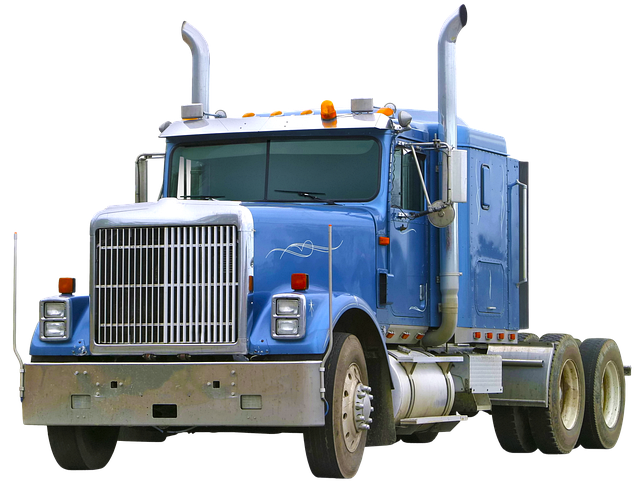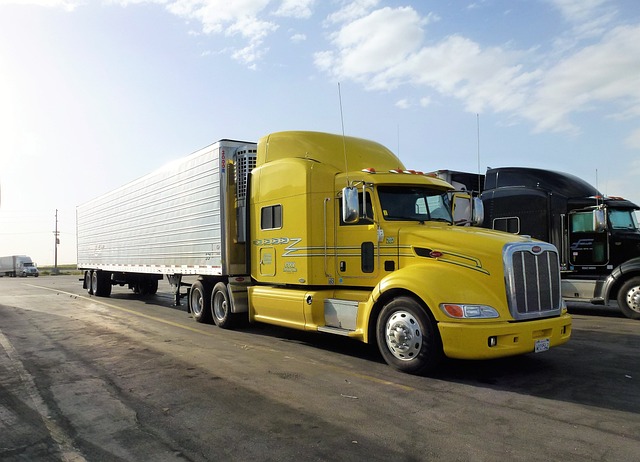Comprehensive Owner-Operator Protection (COOP) is vital for businesses with actively involved owners, shielding them from financial risks through tailored insurance and risk management. The cost of COOP premiums varies based on factors like coverage breadth, vehicle details, location, and risk profiles. In a competitive market, balancing protection and costs is key; strategic measures, flexible coverage, staying informed, and regular policy reviews help manage expenses. Case studies highlight successful strategies, such as tiered plans and collaborative platforms, offering affordable COOP tailored to diverse business needs.
In today’s dynamic business landscape, ensuring robust comprehensive owner-operator protection is paramount for companies seeking to safeguard their assets and mitigate risks. However, balancing premium costs with high-quality coverage can be a challenging tightrope walk. This article guides you through the intricacies of Comprehensive Owner-Operator Protection, exploring key factors influencing premium costs, strategic approaches to cost management, and real-world case studies demonstrating successful balanced protection strategies.
Understanding Comprehensive Owner-Operator Protection: Definition and Importance

Comprehensive Owner-Operator Protection (COOP) is a vital concept for businesses, particularly in industries where owners and operators are directly involved in operations. It encompasses a wide range of coverage designed to shield business owners from financial risks associated with unforeseen events or legal liabilities. This includes not just traditional insurance policies but also risk management strategies tailored to specific operational needs.
The importance of COOP lies in its ability to provide a robust safety net. By combining various forms of protection, such as general liability, professional indemnity, and property coverage, it ensures that business owners can focus on growth and expansion without constantly worrying about potential pitfalls. This holistic approach allows for the smooth running of operations, enabling businesses to navigate challenges and seize opportunities with confidence.
Factors Influencing Premium Costs: A Deep Dive

Premium costs for insurance are influenced by a multitude of factors, each playing a crucial role in determining the final price point. One key factor is the level of comprehensive owner-operator protection sought. Policies offering broader coverage and more extensive benefits will naturally command higher premiums due to the increased risk and financial exposure for insurers.
Other influencing elements include the type of vehicle(s) insured, the driver’s age, driving history, location, and usage patterns. Vehicles with advanced safety features may qualify for discounted rates, while older or high-risk vehicles typically face higher premiums. Similarly, younger or less experienced drivers often encounter steeper insurance costs. Geographic considerations also matter; areas with higher accident rates, theft incidents, or natural disasters tend to result in more expensive premiums.
Strategies to Achieve Optimal Coverage While Managing Expenses

In today’s competitive market, balancing premium costs with high-quality protection is a delicate act for any business owner. To achieve optimal coverage while managing expenses, consider implementing strategic measures that cater to your unique needs. Firstly, assess your risk profile and understand the specific areas requiring comprehensive owner-operator protection. This might include liability insurance, property protection, and even key employee coverage. By identifying these core areas, you can tailor a policy that offers robust security without excessive costs.
Additionally, explore flexible coverage options that align with seasonal fluctuations or project-based operations. For instance, if your business experiences peak seasons interleaved with quieter periods, consider paying premiums only during the high-risk times. Furthermore, stay informed about industry trends and emerging risks to ensure your protection keeps pace with evolving demands. Regularly reviewing and adjusting your policy will help maintain a balance between protecting your assets and keeping expenses manageable.
Case Studies: Success Stories of Balanced Protection Strategies

In the realm of comprehensive owner-operator protection, numerous case studies illustrate successful strategies that balance premium costs with high-quality coverage. These stories highlight innovative approaches that cater to the unique needs of owner-operators while maintaining financial viability. For instance, one leading insurance provider implemented a tiered protection plan, offering customizable options tailored to different business sizes and risk profiles. This approach allowed small businesses to access essential coverage at lower premiums, while larger operations could opt for enhanced packages without unnecessary costs.
Another compelling example involves a collaboration between industry experts and insurers to create a risk management platform. This platform integrates advanced analytics with personalized guidance, enabling owner-operators to make informed decisions. By providing real-time data on safety protocols, maintenance schedules, and operational efficiency, the platform helps reduce claims frequency and severity. Consequently, lower loss ratios translate into more affordable premiums for those who actively engage with the platform’s recommendations, demonstrating that proactive risk management can lead to significant cost savings without compromising protection.
In navigating the intricate balance between premium costs and high-quality protection, understanding Comprehensive Owner-Operator Protection (COOP) becomes paramount. By delving into the influencing factors of COOP premiums and adopting strategic approaches to cost management, businesses can achieve optimal coverage without compromising financial health. The case studies presented highlight successful strategies that exemplify this delicate equilibrium. Embracing these insights allows organizations to make informed decisions, ensuring they receive top-tier protection while maintaining budgetary control.
